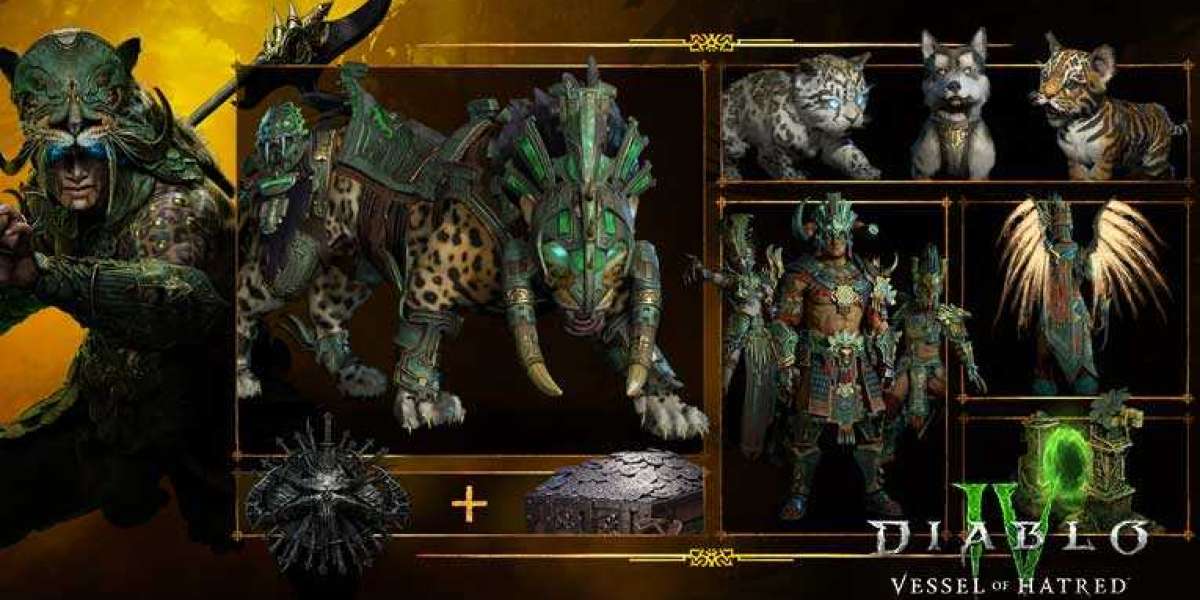The story of Ed Hardy begins with Don Ed Hardy, a celebrated tattoo artist whose groundbreaking work transcended the traditional boundaries of tattoo culture and eventually revolutionized the fashion industry. Born in 1945 in Southern California, Hardy developed a passion for art and tattoos at an early age, inspired by the classic Americana style and the rich tradition of Japanese tattoo art. He studied fine arts at the San Francisco Art Institute and became a pioneer in the tattoo world, known for his unique blend of American and Japanese influences. Hardy's intricate designs, bold lines, and vibrant colors made him a revered figure in the tattoo community. However, it was his collaboration with French fashion designer Christian Audigier in 2002 that truly catapulted his art into the mainstream. Audigier, who had already gained fame with the Von Dutch brand, saw the potential in Hardy’s tattoo designs to create a fashion brand that would appeal to a broad audience. Together, they launched the Ed Hardy brand, which quickly became a cultural phenomenon. The brand’s clothing and accessories featured Hardy’s iconic tattoo motifs, transforming his artwork from skin to fabric and making it accessible to millions around the world. The Ed Hardy brand’s success was rooted in its ability to capture the rebellious spirit of tattoo culture and infuse it into fashion, making it a symbol of individuality and self-expression.
The Ed Hardy Phenomenon A Cultural Explosion
The ed hardy jeans brand rapidly gained popularity in the early 2000s, becoming synonymous with the decade’s fashion and cultural trends. The brand’s rise to fame was fueled by its bold and eye-catching designs, which featured tattoo-inspired graphics of skulls, roses, tigers, and dragons. These designs were unlike anything seen in mainstream fashion at the time, and they resonated with a generation eager to embrace a more rebellious and unconventional style. Ed Hardy’s appeal was not limited to one demographic; it crossed age, gender, and cultural lines, appealing to a wide range of consumers who were drawn to its unique aesthetic. The brand’s success was also closely tied to the rise of streetwear, a fashion genre that emerged from urban subcultures such as skateboarding, hip-hop, and punk. Ed Hardy’s designs, with their mix of high-art tattoo imagery and street-savvy style, were a perfect fit for the streetwear movement. The brand became a staple in the wardrobes of young people around the world who wanted to stand out from the crowd and make a statement with their clothing. Ed Hardy’s meteoric rise was further propelled by its association with celebrity culture, as high-profile stars began wearing the brand, bringing it into the spotlight.
Ed Hardy’s Rise to Fame
One of the key factors behind Ed Hardy’s explosive popularity was its strong association with celebrity culture. In the early 2000s, reality TV and paparazzi culture were on the rise, and celebrities became influential style icons whose fashion choices were emulated by the masses. Ed Hardy capitalized on this trend by aligning itself with high-profile celebrities who were often photographed wearing the brand. Stars like Madonna, Britney Spears, Paris Hilton, and Kim Kardashian were regularly seen sporting Ed Hardy’s designs, which helped to elevate the brand’s status and increase its desirability. The brand’s bold and flashy designs were a natural fit for the over-the-top lifestyles of these celebrities, who were known for their extravagant fashion choices. This association with celebrity culture created a sense of exclusivity and luxury around the Ed Hardy brand, making it a must-have for fashion-conscious consumers. The visibility of Ed Hardy in the media also helped to create a buzz around the brand, as it was frequently featured in magazines, TV shows, and music videos. This exposure played a crucial role in the brand’s rise to fame, as it made Ed Hardy synonymous with the glitz and glamour of the celebrity lifestyle.
The Streetwear Revolution
ed hardy sweatsuit played a significant role in the evolution of streetwear, a fashion movement that emerged from the streets and eventually took over the runways of high fashion. Streetwear was born out of subcultures like skateboarding, hip-hop, and punk, and it was characterized by its emphasis on casual, comfortable clothing, bold graphics, and a rebellious attitude. Ed Hardy’s designs, with their tattoo-inspired imagery and street-smart aesthetic, were a perfect match for this emerging trend. The brand’s success helped to legitimize streetwear as a fashion genre and bring it into the mainstream. Ed Hardy’s impact on streetwear can still be seen today, as many contemporary brands continue to draw inspiration from its bold graphics and rebellious spirit. The brand’s emphasis on individuality and self-expression became a cornerstone of streetwear culture, which has since become a global phenomenon. In the years since Ed Hardy’s peak, streetwear has evolved into a multi-billion-dollar industry, with major fashion houses and luxury brands incorporating streetwear elements into their collections. Ed Hardy’s role in this movement is significant, as it helped to bridge the gap between high fashion and street culture and paved the way for the rise of streetwear as a dominant force in the fashion world.
When Popularity Became Oversaturation
As with many fashion trends, the rapid rise of Ed Hardy was followed by an equally dramatic fall. By the late 2000s, the brand’s popularity began to wane as it became a victim of its own success. The oversaturation of Ed Hardy products in the market, combined with the brand’s association with a certain type of flashy, ostentatious style, led to a backlash. What was once seen as cool and edgy quickly became perceived as tacky and overdone. The brand’s close association with reality TV stars and the “Jersey Shore” crowd only added to this perception, as it became increasingly associated with a particular type of loud, brash personality. As a result, Ed Hardy’s popularity declined, and the brand faded from the fashion spotlight. The decline of Ed Hardy serves as a cautionary tale about the dangers of oversaturation and the fickle nature of fashion trends. Despite its fall from grace, it is important to recognize the significant impact Ed Hardy had on fashion during its peak. The brand’s rise and fall highlight the challenges of maintaining relevance in an industry that is constantly evolving and changing.
The Legacy of Ed Hardy
Although Ed Hardy may no longer dominate the fashion world as it once did, its legacy endures in many ways. The brand played a key role in bringing tattoo art into the mainstream and changing the way people perceive tattoos. Before Ed Hardy, tattoos were often associated with subcultures and were not widely accepted in mainstream fashion. However, the brand’s success helped to break down these barriers and bring tattoo art into the fashion spotlight. Today, tattoos are widely accepted as a form of self-expression and art, and much of that acceptance can be traced back to the influence of Ed Hardy. The brand’s impact also extends beyond fashion and into popular culture. Ed Hardy’s designs became a symbol of the 2000s, representing the excess, rebellion, and individuality that defined the era. The brand’s influence can still be seen in the ongoing revival of Y2K fashion, as younger generations rediscover the bold, colorful designs that made Ed Hardy famous. In this way, Ed Hardy’s legacy lives on, as it continues to inspire new generations of designers, artists, and fashion enthusiasts.
The Revival of Y2K Fashion
In recent years, there has been a resurgence of interest in Y2K fashion, with many of the trends and styles that defined the 2000s making a comeback. This revival has brought Ed Hardy back into the spotlight, as fashion enthusiasts and trendsetters rediscover the brand’s bold designs and nostalgic appeal. The resurgence of Y2K fashion is part of a broader trend of revisiting and reinterpreting past fashion eras. As the fashion world continues to explore the styles of the early 2000s, Ed Hardy’s influence is once again being recognized and appreciated. The brand’s role in shaping the fashion culture of the 2000s has made it a key player in the Y2K revival, with its designs being celebrated as iconic symbols of the era. The renewed interest in Ed Hardy has also led to a revival of the brand itself. In response to the growing demand for Y2K-inspired fashion, Ed Hardy has introduced new collections that blend its classic tattoo-inspired designs with contemporary fashion trends. These new offerings have helped to reintroduce the brand to a younger audience and capitalize on the nostalgia for 2000s fashion. The resurgence of Ed Hardy in the context of the Y2K revival is a testament to the brand’s enduring appeal and its ability to adapt to changing fashion trends.
Ed Hardy’s Influence on Modern Fashion
Ed Hardy’s influence on modern fashion is undeniable. The brand’s fusion of tattoo art and fashion helped to pave the way for other designers and brands to explore unconventional and edgy aesthetics. Today, many streetwear labels and high fashion brands draw inspiration from Ed Hardy’s designs, incorporating elements of tattoo art, bold graphics, and a rebellious attitude into their collections. The brand’s impact can also be seen in the way that streetwear has become a dominant force in the fashion world, with major fashion houses embracing streetwear elements in their collections. Ed Hardy’s role in this movement is significant, as it helped to legitimize streetwear as a fashion genre and bridge the gap between high fashion and street culture. The brand’s influence on modern fashion is a testament to its lasting impact and its ability to inspire new generations of designers and fashion enthusiasts.
Ed Hardy’s Cultural Impact Beyond Clothing
Ed Hardy’s impact extends beyond just clothing; it has also left a lasting mark on popular culture. The brand’s bold and colorful designs became synonymous with the excess and individuality of the 2000s, and they continue to be associated with that era today. Ed Hardy’s influence can be seen in everything from music videos to television shows, where its distinctive designs were often featured. The brand also played a role in changing the way people view tattoos, helping to bring tattoo art into the mainstream and make it a more widely accepted form of self-expression. Ed Hardy’s cultural impact is also evident in the way it has become a symbol of nostalgia for the 2000s. As younger generations look back on the fashion and culture of that decade, Ed Hardy stands out as one of the most iconic brands of the era. The brand’s ability to capture the spirit of the 2000s and turn it into a fashion phenomenon is a testament to its cultural significance.
Ed Hardy’s Enduring Legacy
In conclusion, Ed Hardy is more than just a fashion brand; it is an iconic symbol of a decade that left a lasting impact on fashion and culture. From its origins in tattoo art to its rise as a global fashion phenomenon, Ed Hardy has had a profound influence on the fashion world. The brand’s bold designs and rebellious spirit helped to define the style of the 2000s and pave the way for the rise of streetwear as a dominant force in fashion. While Ed Hardy may have faced challenges in maintaining its relevance over the years, its legacy endures. The brand’s impact can be seen in the ongoing resurgence of Y2K fashion and the continued popularity of tattoo-inspired designs. As we look back on the legacy of Ed Hardy, it is clear that the brand’s influence on fashion and culture is lasting and significant. Whether celebrated for its bold designs or criticized for its over-the-top style, Ed Hardy remains a fashion icon that defined a decade and continues to inspire new generations of fashion enthusiasts.






